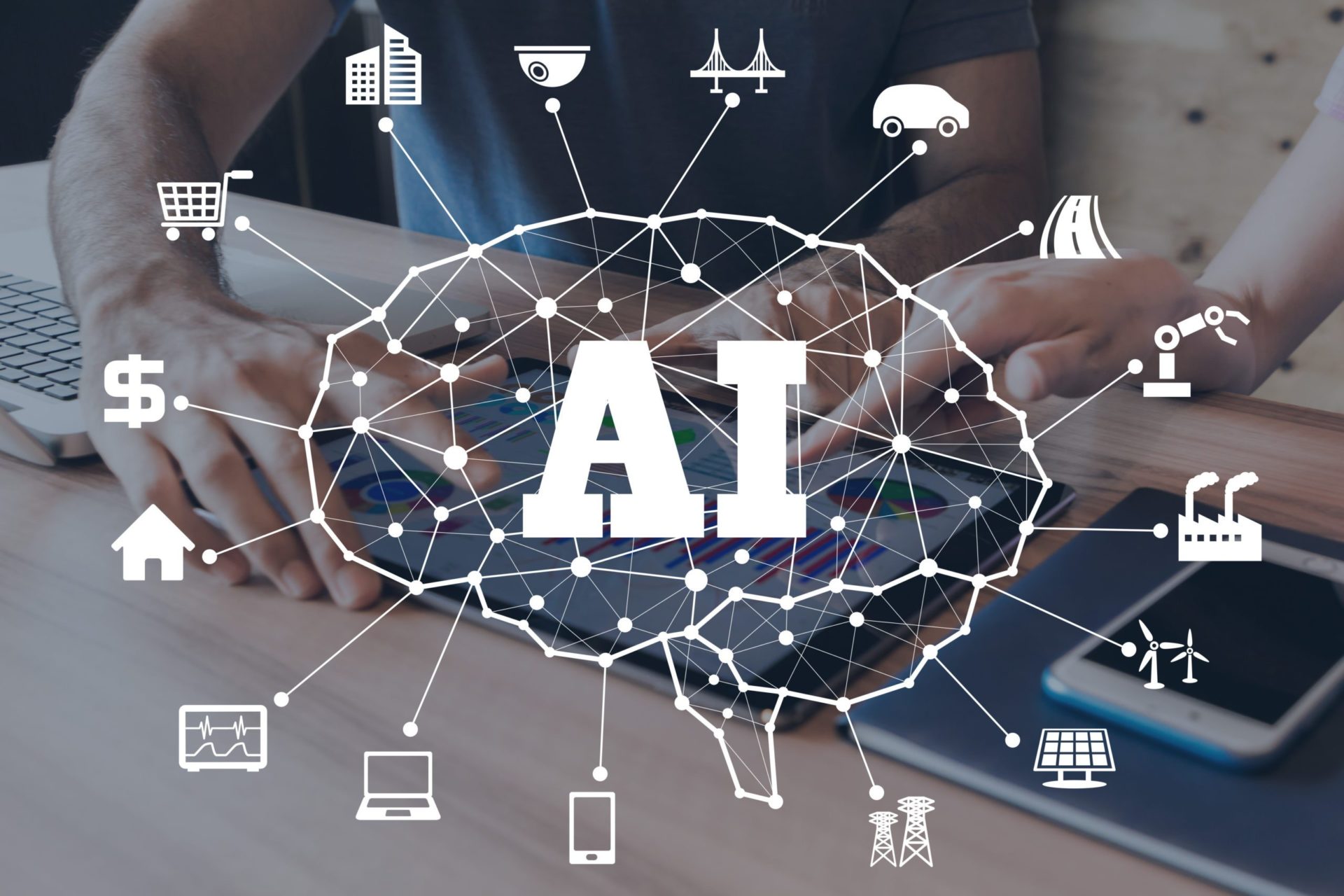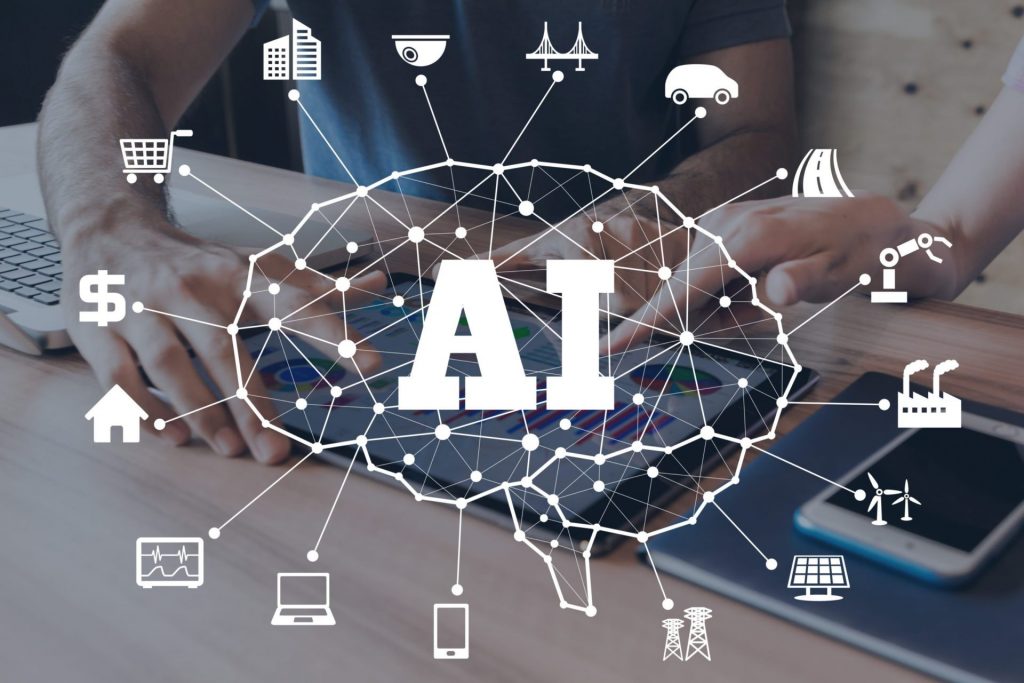Artificial Intelligence and the Evolution of Work

The transformation brought about by ChatGPT and generative AI raises questions about the parallels between this wave of automation and the historical automation trends of the past two centuries. What implications does it hold for employment, disruptions, and even resource consumption like coal?
It’s widely acknowledged within the tech community that generative AI, including Large Language Models like ChatGPT, represents a pivotal advancement in software capabilities and automation potential. While consensus remains limited on various aspects of Large Language Models, particularly as ongoing discussions continue to shape the discourse, one point is clear: a substantial increase in automation, encompassing entirely new dimensions, is on the horizon. With automation comes the association of jobs and the human workforce.
The velocity of this transformation is noteworthy. In just six months, ChatGPT has reportedly garnered a user base exceeding 100 million, with Productiv’s data indicating its prominence as a top-ranking ‘shadow IT’ application. Consequently, questions emerge about the scale and rapidity of job displacement, and equally important, whether novel employment opportunities can emerge in response.
Reflecting on history, we must bear in mind that work automation spans two centuries. Each cycle of automation eliminates entire job categories, but concurrently ushers in new sectors of employment. While the transition brings friction and dislocation, and sometimes leads to divergent job distribution across demographics and geographies, the overall job count remains steady, contributing to increased collective prosperity.

When confronted with automation’s effects within one’s own lifetime, it’s natural to apprehend that this time, the envisioned new jobs might not emerge. The disappearing jobs are tangible, whereas the potential replacements often defy prediction, and sometimes even lack existence in the present. However, historical evidence reminds us that new jobs have consistently arisen in the past, often in unforeseeable forms. Nobody in 1800 could have anticipated the emergence of a million American railroad workers in 1900, and similarly, ‘video post-production’ or ‘software engineer’ would have been inconceivable categories in 1900. Relying on historical precedent alone may feel inadequate in instilling confidence that this pattern will recur. Is there something distinctive this time around? How can we be certain of the outcome?
Addressing this query, a rudimentary economics principle — the ‘Lump of Labour’ fallacy — comes into play.
The Lump of Labour fallacy revolves around the mistaken belief that a fixed quantum of work exists, and automation’s entry results in a reduction of work available to humans. However, the introduction of cost-effective automation in producing, let’s say, a pair of shoes, translates to cheaper shoes, expanded accessibility for consumers, augmented purchasing power, diversification of needs and wants, and subsequently, the origination of new job domains. The efficiency enhancement radiates through the economy, fostering fresh prosperity and novel employment. While we might remain uncertain about the exact nature of future jobs, we possess a framework elucidating not only the historical presence of new jobs but also the inherent mechanisms driving this continuity. Thus, concerns regarding the impact of AI are assuaged.



.